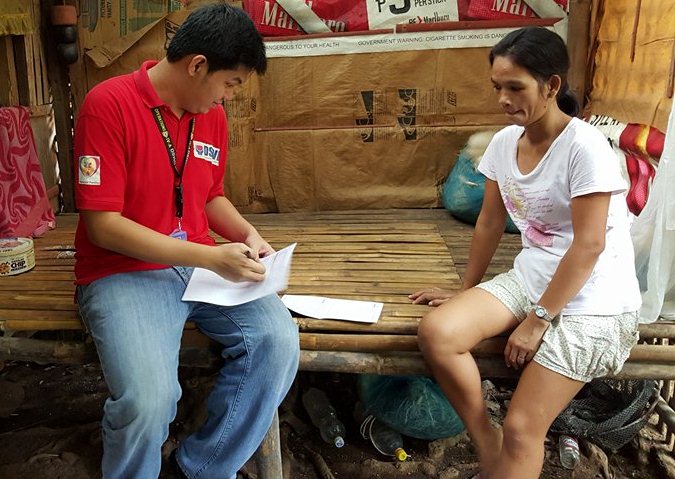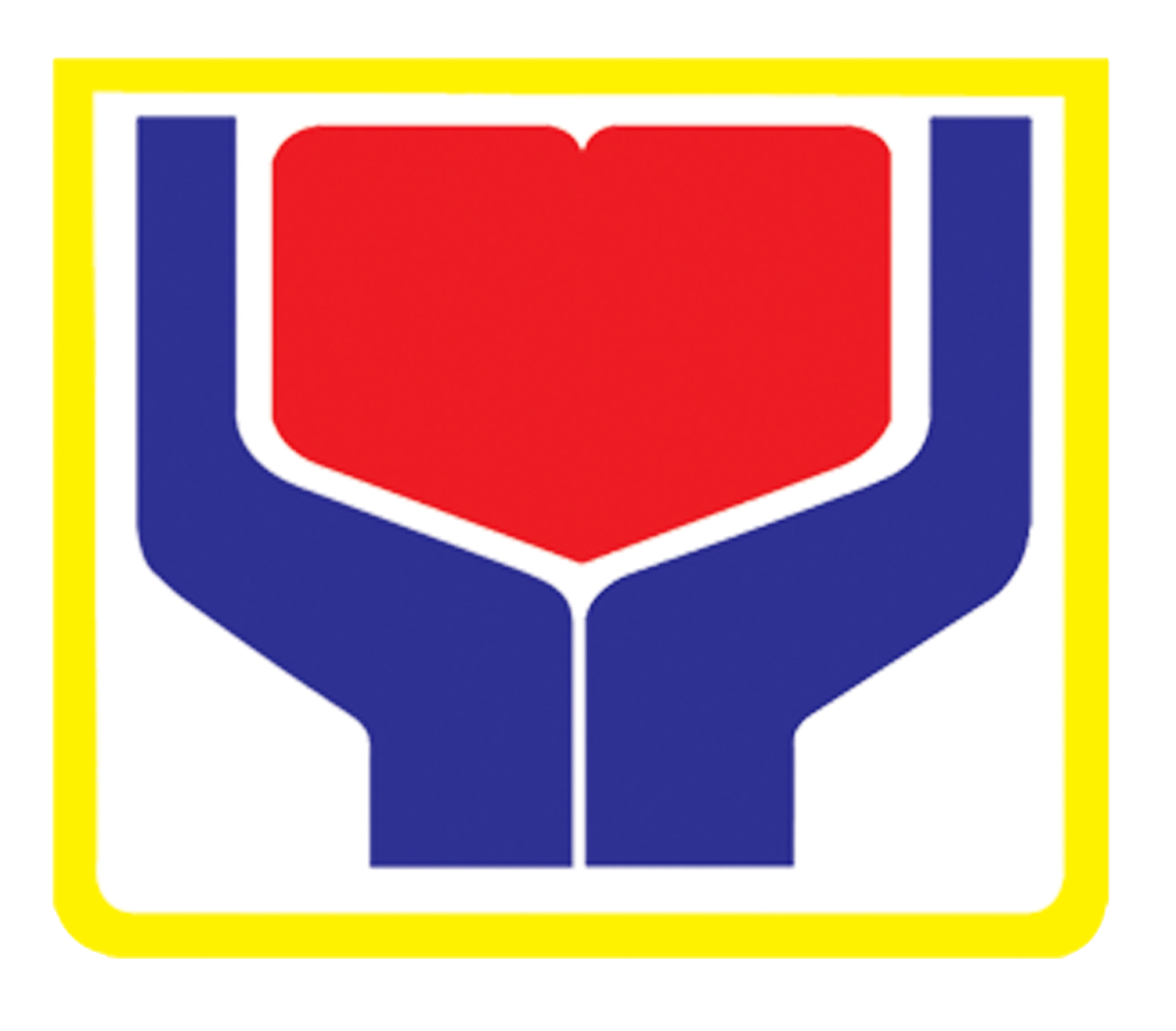
Beneficiaries of the Pantawid Pamilyang Pilipino Program are currently being assessed of their living condition upon receiving various social protection programs and services directed to them. Called the social welfare and development indicator (SWDI) assessment, this evaluation is used by the Department of Social Welfare and Development (DSWD) to monitor the progress of beneficiaries and determine further interventions to help them improve their lives.
In the CALABARZON Region, more than 326,000 families will be covered by the said assessment, which started last August 3 and will run until October this year.
The SWDI assessment is conducted by City / Municipal Links of the Pantawid Pamilya program and involves a house-to-house visitation and interview of the parent-grantee, usually the mother.
The SWDI is an enhanced case management tool employed by the DSWD to help measure the level of well-being of families in terms of their economic sufficiency and social adequacy.
For economic sufficiency, beneficiaries will be evaluated based on the employable skills of members, employment and salary, source of income, membership to social security and access to financial institutions. The social adequacy, on the other hand, will rate the families based on the members’ health condition, nutrition and education, access to safe drinking water and sanitary toilet facility, house construction and ownership, and awareness of social issues.
Results of this assessment will determine the needs and capacities of every Pantawid Pamilya household and will be used by the DSWD in the planning of interventions to help them improve their families’ living condition and later become self-sufficient. Interventions may include employment facilitation, skills training, provision of livelihood opportunities and referral to other programs and services of the DSWD, other national government agencies, local government units and private organizations.
The SWDI results will also become the baseline data of the Department in monitoring the progress of the beneficiaries, especially in improving the capacities of Pantawid Pamilya families in accessing opportunities to improve their level of well-being.
In the CALABARZON Region, the DSWD is targeting to help improve the capacities of 326,392 family-beneficiaries of Pantawid Pamilya in improving their level of well-being by 2016.
The Pantawid Pamilyang Pilipino Program is a core social protection program of the national government that invests on the health and education of children age zero to 18. It provides conditional cash grants to qualified poor families in exchange for their compliance to their co-responsibilities on health and education including the children’s 85 percent monthly attendance rate in school and the children’s submission to monthly preventive health checkups.#
